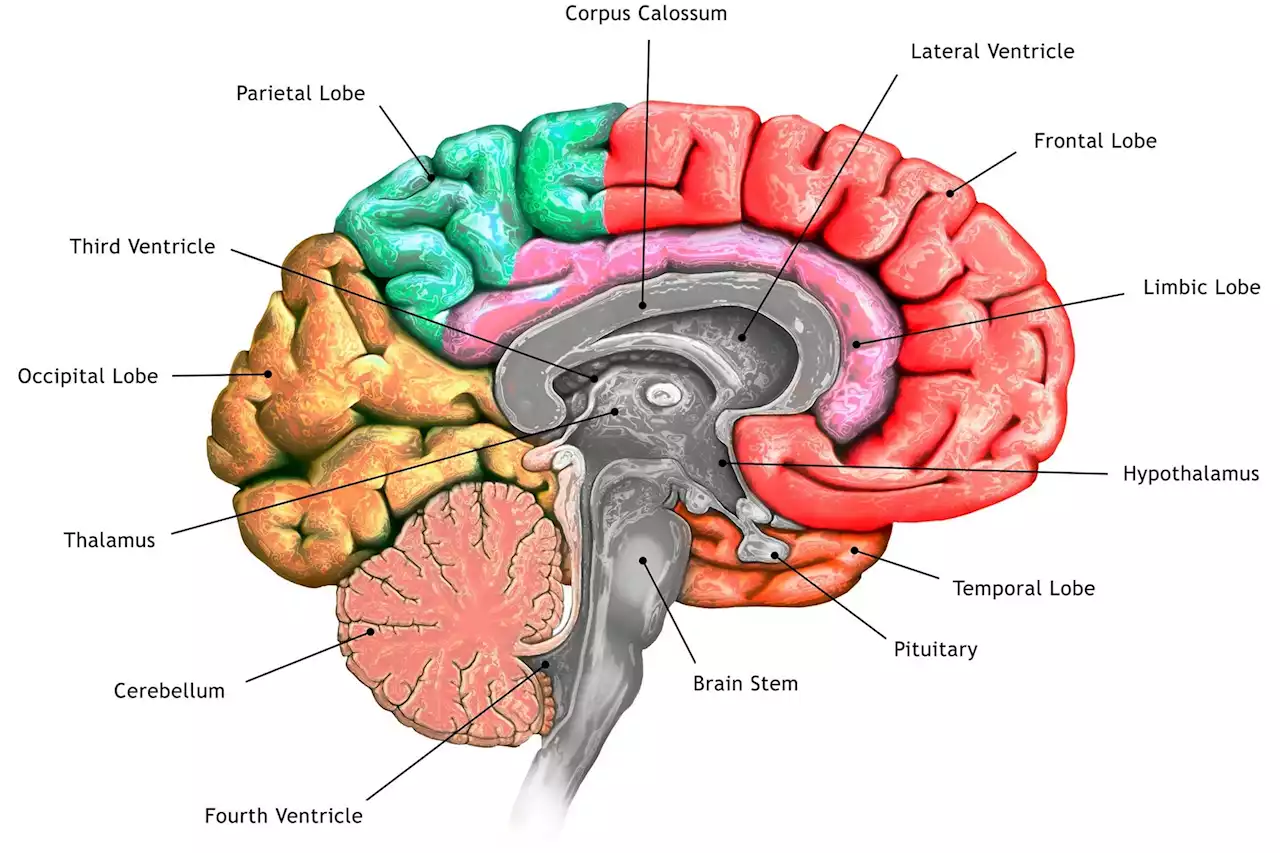Targeting these brain circuits could offer a new way to reverse motor dysfunction and depression in Parkinson’s patients. Parkinson’s disease is primarily recognized as a disorder of movement. Patients usually experience tremors, loss of balance, and difficulty initiating movement. The disease al
In this image of the parafascicular thalamus, the blue cells participate in reward processing/depression, the red cells are critical for motor learning, and the green cells are important for general locomotion. The ‘fr’ stands for a fiber bundle. Credit: Ying Zhang and Dheeraj Roy
According to the researchers, the new findings suggest that those circuits could be good targets for new drugs that could help combat many of the symptoms of Parkinson’s disease. “We started with showing these different circuits, and we demonstrated that they’re mostly nonoverlapping, which strongly suggests that they have distinct functions,” Roy says.
Lastly, the researchers found that, unlike the others, the circuit that connects the PF thalamus to the NAc is not involved in motor activity. Instead, it appears to be linked to motivation. Inhibiting this circuit generates depression-like behaviors in healthy mice, and they will no longer seek a reward such as sugar water.Once the researchers established the functions of these three circuits, they decided to explore how they might be affected in Parkinson’s disease.
Using chemogenetics or optogenetics, which allows them to control neuronal activity with a drug or light, the researchers found that they could manipulate each of these three circuits and in doing so, reverse each set of Parkinson’s symptoms. Then, they decided to look for molecular targets that might be “druggable,” and found that each of the three PF thalamus regions have cells that express different types of cholinergic receptors, which are activated by the neurotransmitter acetylcholine.
